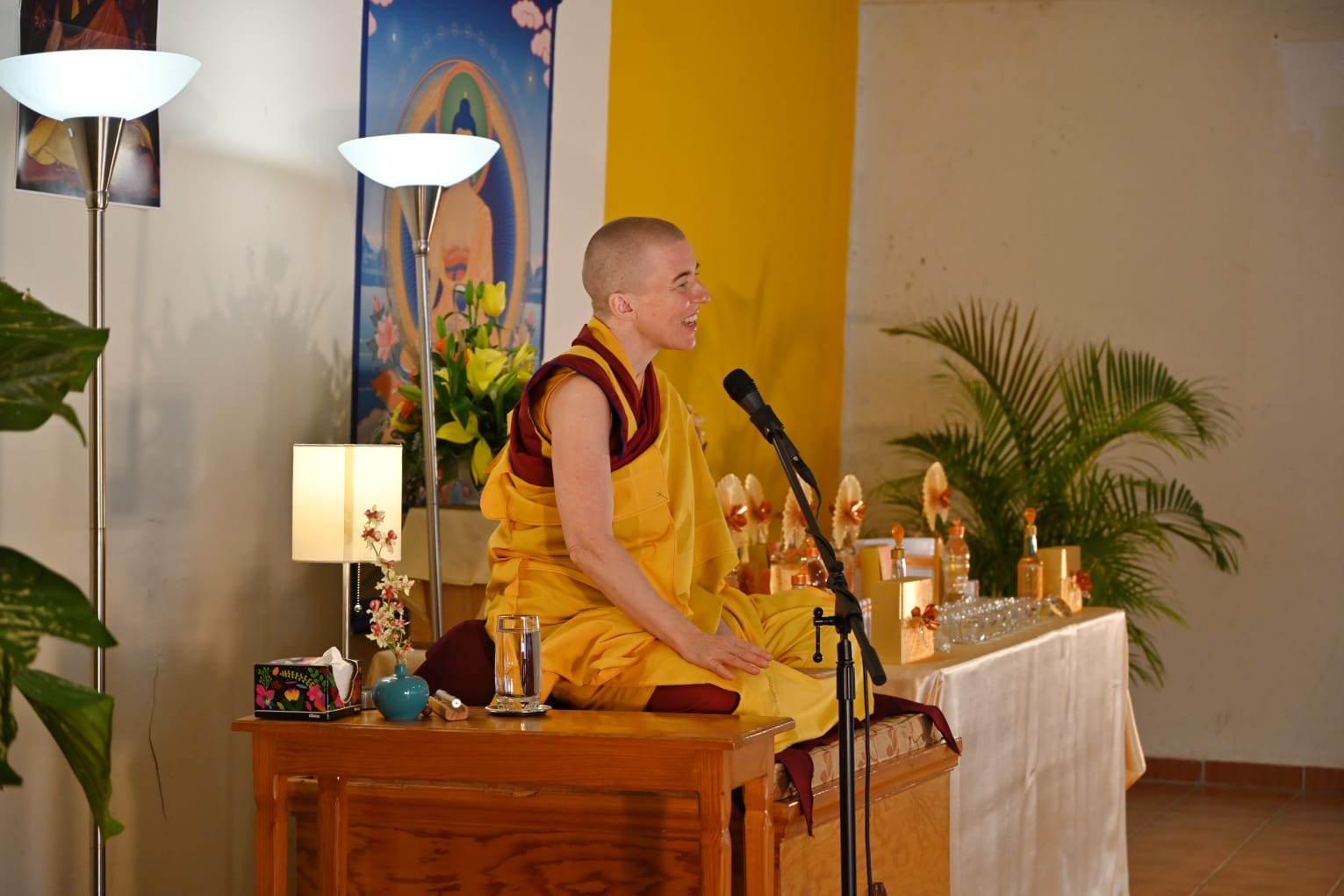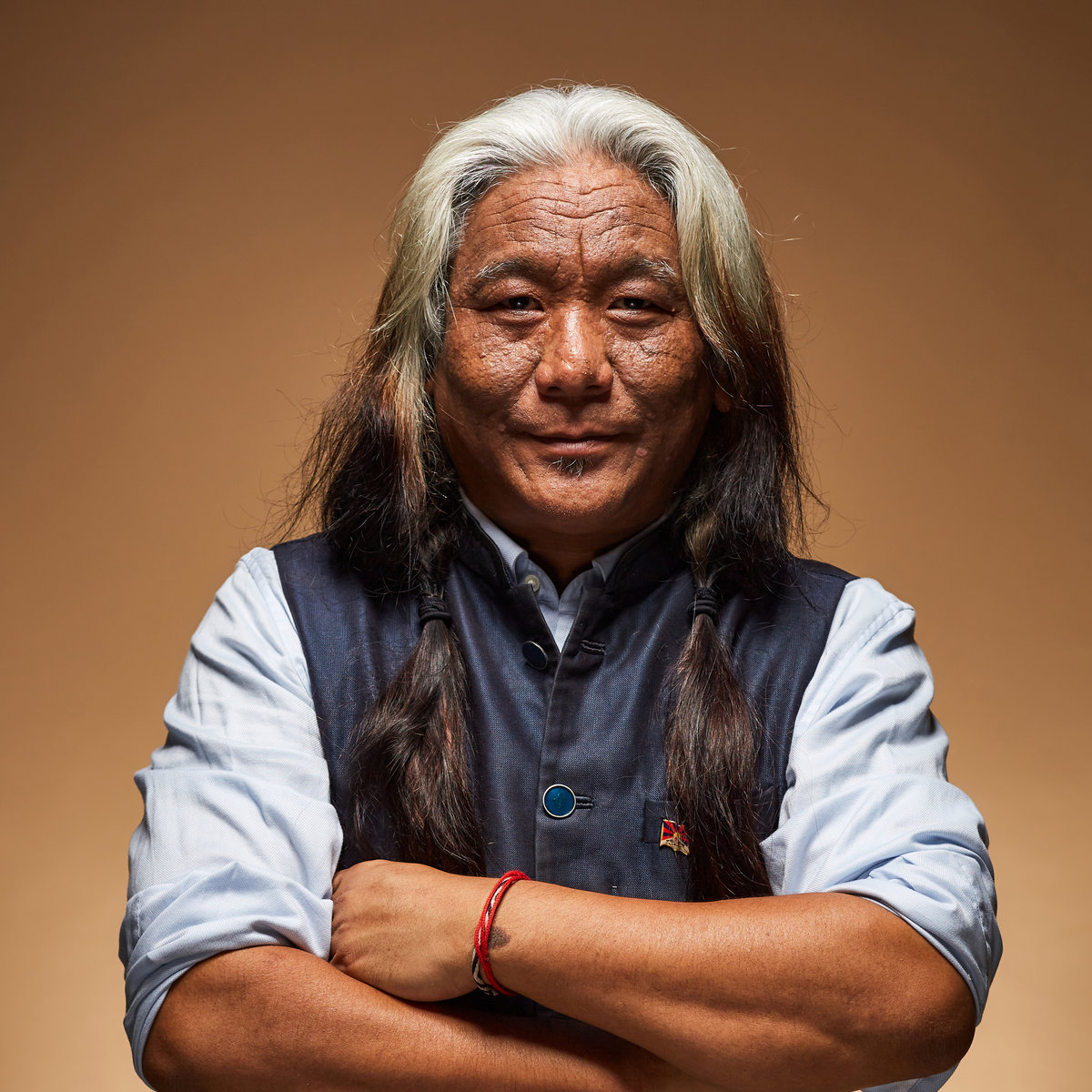Buddhadharma Book Briefs for Summer 2022
Joie Szu-Chiao Chen reviews Through the Forests of Every Color by Joan Sutherland, Renunciation and Longing by Annabella Pitkin, The Dharma in DNA by Dee Denver, and more. The post Buddhadharma Book Briefs for Summer 2022 appeared first on...

Joie Szu-Chiao Chen reviews Through the Forests of Every Color by Joan Sutherland, Renunciation and Longing by Annabella Pitkin, The Dharma in DNA by Dee Denver, and more.
As a student and teacher of Zen, Joan Sutherland has spent her entire adult life with koans. That she has “loved and struggled” with koans for so long is evident in her lush and evocative Through Forests of Every Color: Awakening with Koans (Shambhala). Almost every sentence pulses with delicate insight, illuminating for us how to “keep company with koans” so that we might uncover the most intimate depths of our heart–mind. In Sutherland’s experience, a koan transforms through sustained engagement; what begins as an invitation to question eventually “starts to look like shelter.” Through practice, koans become enduring, all-weather friends, “robust, capable of being hauled around, leaned on, and argued with”—friends that lead the way to the experience of freedom.
Of the many misconceptions about Buddhism, one of the most pervasive is that the path rejects emotions and desires. Since the beginning, Buddhists have used affective moods to express the appropriate yearnings, inevitable challenges, and eventual triumphs of the spiritual path. It is a rare treat, then, that Maria Heim has produced Words for the Heart: A Treasury of Emotions from Classical India (Princeton), a handsome “storehouse of words” culled from classical Sanskrit, Pali, and Prakrit literature that elucidate the multifaceted emotions and emotion-adjacent states so central to human experience. In a list that contains everything from various kinds of love, to sundry types of despair, to sentiments of urgency and longing, Heim also includes at least six different terms that describe varying modes of compassionate feeling. Anukampa, for example, literally meaning “trembling for the world,” is used in early Buddhist sources to evoke compassion. In other words, early Buddhists understood compassionate beings as “those whose hearts are tender and who can tremble for others.”
If separation from one’s beloved is a condition of excruciating agony, then separation from one’s guru is an exquisite kind of spiritual torment. The term that Maria Heim gives for the latter feeling is vihara-bhakti, or devotional longing in the absence of the divine object of devotional love. It is this same trifecta of “devotion, absence, and longing” that Annabella Pitkin explores to great effect in Renunciation and Longing: The Life of a Twentieth-Century Himalayan Buddhist Saint (Chicago). In this monograph, the elusive Khunu Lama (1895–1977), who exemplified the ideal of the itinerant beggar renunciant, serves as a prism through which to refract and delineate the tension between two compelling but often competing ideals: the bodhisattva commitment to serve all beings and the renunciant’s resolve to flee the grasp of worldly life. Through a rigorous analysis of Khunu Lama’s life and legacy, Pitkin contends that the “separations of students from gurus create opportunities for devotional longing that play a crucial affective role in lineage vitality.”
Although D. T. Suzuki had at times declared that “Zen has no philosophy,” this itself must be understood as a philosophical assertion. So Rossa Ó Muireartaigh argues in The Zen Buddhist Philosophy of D. T. Suzuki: Strengths, Foibles, Intrigues, and Precision (Bloomsbury), bringing attention to the ways in which Suzuki’s teachings did espouse fundamental philosophical views. She categorizes the philosophical underpinnings of Suzuki’s Zen worldview as being threefold: that the truth must be experienced personally (phenomenological empiricism); that the truth can only be acquired through direct experience and not through logical inquiry (a-rationalism); and that the Zen ideal of direct experience can be attained by anyone (Zen universalism). Ó Muireartaigh maintains that while it is difficult to pin down the entirety of Zen wisdom into words, it is also not possible to consider Zen as completely a-philosophical. Ultimately, Zen holds certain beliefs to be true, and to have beliefs is to have philosophy.
The posthumously published Meditations of the Pali Tradition: Illuminating Buddhist Doctrine, History & Practice (Shambhala) by L. S. Cousins (1961–2015), edited by Sarah Shaw, contains the late scholar’s final writings on the history of meditation in Southern Buddhist traditions. Cousins, a careful philologist and experienced meditator, delves into the roots of meditation by tracing the textual attestations of terms such as jhana, samatha, and vipassana. In seeking to trace the history of the relationship between samatha (concentration) and vipassana (wisdom), he concludes that although samatha is taught to come before vipassana in the “vertical structure of the path,” this is an incomplete picture. Preferring to conceive of their relationship as that of a corkscrew rather than a ladder, Cousins writes, “In ascending a ladder we go step by step, leaving the lower steps behind. This is not the case with the Buddhist way of bringing into being.” Instead, if we appreciate the two practices as being related to each other as the tangent lines of a spiraling corkscrew, we can then see how they eventually combine to reach a unified point. This allows us to acknowledge how both samatha and vipassana are necessary for accomplishing the perfect union of calm and insight—that is to say, enlightenment.
A robust subsection of Buddhists and scientists have for decades had a burgeoning interest in demonstrating how Buddhism aligns with scientific thinking. Biologist Dee Denver claims membership in this group of practitioner–scientists in The Dharma in DNA: Insights at the Intersection of Biology and Buddhism (Oxford). Moving from a reflection on his personal encounter with Buddhism as a skeptical young scientist to an analysis of the ways in which our current understanding of DNA supports the Buddhist concepts of impermanence, no-self, and dependent arising, the book arrives at a proposal for a radically new approach to scientific inquiry. Denver coins this approach as “Bodhi Science,” by which he means an ethical orientation to scientific study that is undergirded by compassionate motivation and that minimizes the ego of the individual scientist while maximizing awareness of personal biases. The goal is to make scientists more open to insightful observations and less prone to the insidious tactics of “pseudoscience.” After all, Denver opines, “The science that we decide to do, the hypotheses we decide to pursue, are in part a function of our egos and senses of self.”
It would be difficult to overstate the impact that the late E. Gene Smith (1936–2010) had on the survival of the literary heritage of Tibetan Buddhism. Digital Dharma: Recovering Wisdom (Wisdom) by Dafna Zahavi Yachin and Arthur M. Fischman, produced in collaboration with the Buddhist Digital Resource Center of which Smith was the founder, is a companion piece to the documentary of the same name that honors the work to which Smith was so dedicated. Known for his startling erudition and profound humility, Smith spent his life salvaging, publishing, and eventually digitizing Tibetan wisdom texts after the turmoil of the latter half of the twentieth century threatened to lay waste to this precious body of literature. Filled to the brim with color images of Smith, from his early years stationed in Delhi to his 2008 trip to deliver hard drives containing tens of thousands of digitized Tibetan texts to major monasteries, this volume celebrates Smith’s contributions to the preservation of the dharma with remembrances from religious leaders as well as colleagues and scholars. The vividness of their words and the immediacy of the images offer us a glimpse into the life and work of a man who was as learned as he was kind, with a pioneering vision for the role of digital technology in revitalizing the Buddha’s teachings.

 Hollif
Hollif 
































